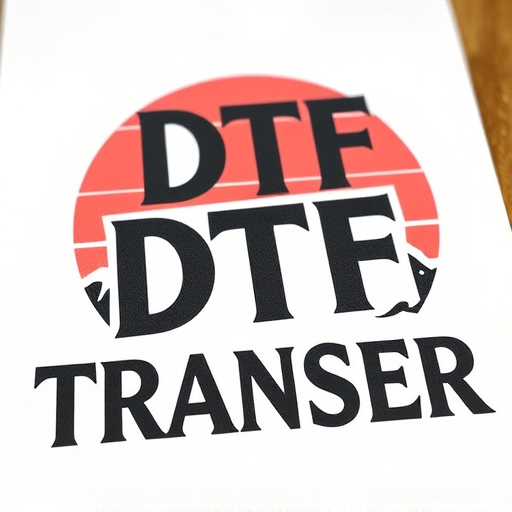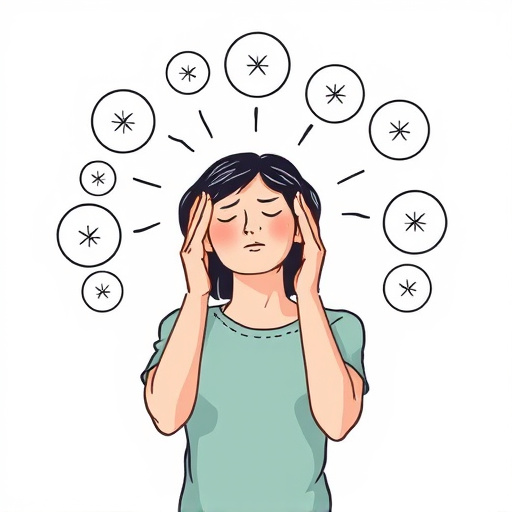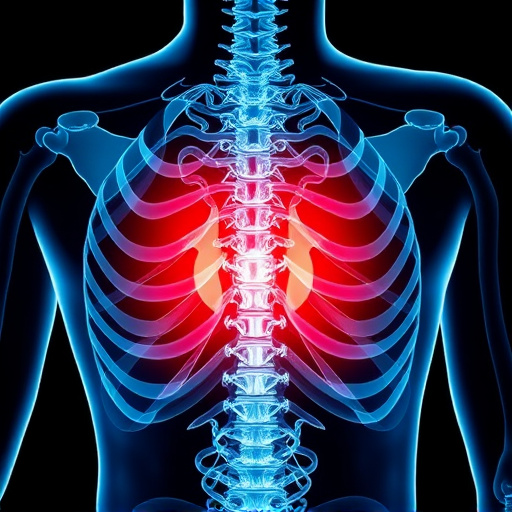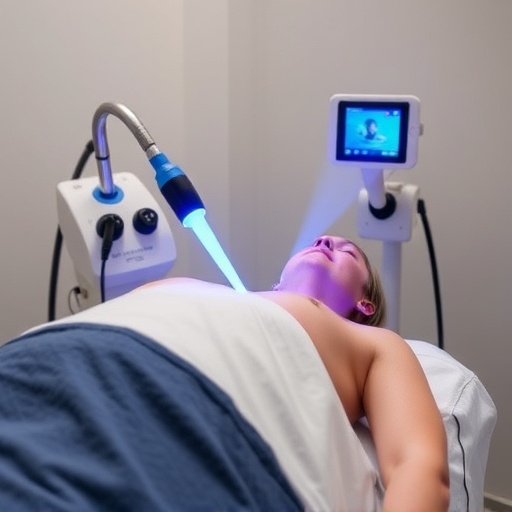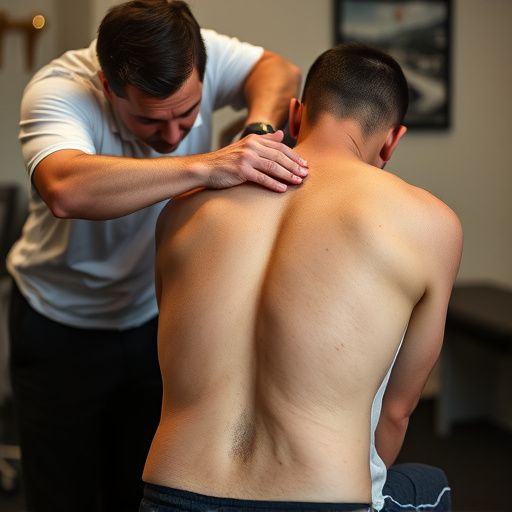Spine injury workers comp claims provide support for lower back trauma victims, covering initial emergency care and long-term rehabilitation. A meticulous evaluation process led by healthcare professionals ensures accurate diagnoses and tailored treatment plans. Understanding rights, documenting injuries, and effective communication during rehabilitation are crucial for successful spine injury workers comp outcomes.
“Experience a spinal injury at work? Understanding spine injury workers’ comp is crucial for lower back trauma cases. This comprehensive guide delves into the intricacies of filing and navigating claims, ensuring you’re compensated fairly. We explore evaluating your case, the compensation process, and rehabilitation options available. By familiarizing yourself with these steps, you can confidently manage your spine injury workers’ comp journey.”
- Understanding Spine Injury Workers Comp Claims
- Evaluating Lower Back Trauma Cases
- Navigating Compensation and Rehabilitation Process
Understanding Spine Injury Workers Comp Claims

Spine injury workers comp claims are a critical aspect of ensuring proper support and compensation for individuals who have suffered trauma to their lower back while on the job. These claims are designed to cover not only the immediate medical expenses but also the long-term effects of such injuries, which can significantly impact an individual’s quality of life and ability to work. Understanding this process is essential for both workers and employers to ensure fair and efficient resolution.
When a worker experiences a spine injury due to workplace trauma, they have the right to file a claim with their employer’s insurance provider. This involves documenting the incident, gathering medical evidence, and submitting claims forms. The focus here is on securing immediate wellness care, including emergency treatment and hospitalization, as well as ongoing rehabilitation such as physical therapy for muscle recovery. A thorough understanding of what constitutes a valid claim and what benefits are available under workers comp laws can streamline this process, ensuring that the injured worker receives the support they need to navigate their road to recovery.
Evaluating Lower Back Trauma Cases

Evaluating lower back trauma cases is a meticulous process that forms a crucial step in determining appropriate spine injury workers comp benefits. Healthcare professionals thoroughly assess symptoms, ranging from acute pain to chronic discomfort, and perform various diagnostic tests including imaging scans, physical examinations, and neurological evaluations. This comprehensive approach ensures an accurate diagnosis, which guides the formulation of tailored treatment plans aimed at restoring mobility, alleviating sciatica relief, and improving overall quality of life for affected individuals.
The assessment goes beyond immediate symptoms to consider factors like pre-existing conditions, occupational risks, and individual patient history. Such a holistic view is essential in differentiating between work-related injuries and other causes, thereby ensuring that workers receive the most effective non-invasive treatment options available within the scope of spine injury workers comp coverage.
Navigating Compensation and Rehabilitation Process

Navigating the compensation and rehabilitation process after a spine injury from a workers’ comp case for lower back trauma can seem daunting. The first step is to understand your rights and the available benefits under workers’ compensation laws. This typically includes medical coverage for herniated disc treatment, physical therapy, and in some cases, prescription medication for pain management. It’s crucial to document all injuries, treatments, and limitations accurately to support your claim.
Rehabilitation plays a significant role in recovery from musculoskeletal injuries. This process involves tailored exercises, counseling, and sometimes advanced therapies to help the body heal and adjust. Effective communication with healthcare providers is essential to ensure the rehabilitation plan aligns with your specific needs. Regular check-ins with your doctor, updates on progress, and addressing any concerns will help streamline the road to recovery, reducing potential setbacks and ensuring a successful outcome in managing pain associated with these injuries.
Spine injury workers comp claims require a thorough understanding of the evaluation process, especially in cases involving lower back trauma. By navigating the compensation and rehabilitation process effectively, individuals can secure the support they need for recovery and return to work. Remember that each case is unique, so seeking professional guidance is crucial for a successful outcome.
